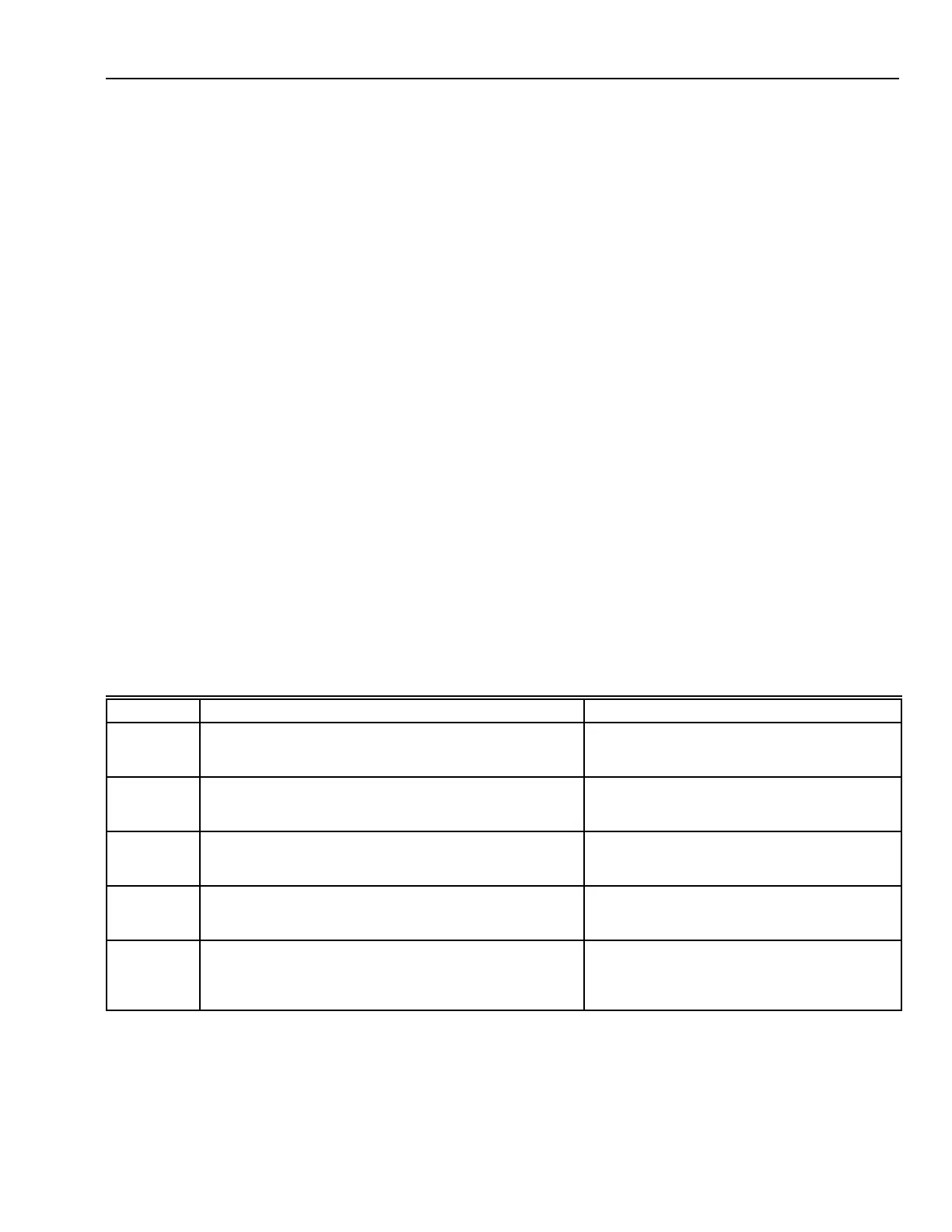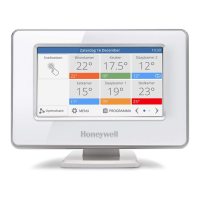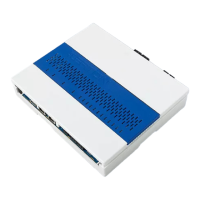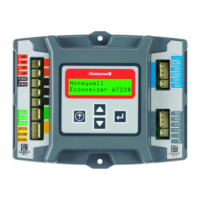ENGINEERING MANUAL OF AUTOMATIC CONTROL
GENERAL ENGINEERING DATA
485
CONDUIT SIZE AND FILL
The fill factor for nonlead covered conductors is 53 percent
for one conductor, 31 percent for two conductors, and 40 percent
for three or more conductors. Table 21 shows internal
dimensions of electrical conduit.
Use the following formula and Tables 21 and 22 to determine
correct conduit size:
A
C
=(NA
W1
+ NA
W2
+ NA
W3
+ ... + NA
WN
) ÷ F
Where:
A
C
= Conduit internal cross-sectional area, in
square inches.
N=Number of conductors of given cross-
sectional area.
A
W
=Cross-sectional area of a given conductor
including insulation, in square inches (see
Table 22).
F=Fill factor, in decimals.
Where:
Cross-sectional area of
No. 18 TFN conductor = 0.0062 in
2
Cross-sectional area of
No. 16 TFN conductor = 0.0079 in
2
Fill factor = 40 percent
Then:
A
C
= [(8 x 0.0062) + (14 x 0.0079)] ÷ 0.4
A
C
= 0.4005 in
2
From Table 21, a 3/4-in. rigid (0.533 in
2
) or flexible conduit
(0.518 in
2
) is required for the conduit run.
If only the diameter (dia) is available:
The cross-sectional area in in
2
= π(dia ÷ 2)
2
.
NOTE: It is obvious from Table 22 that conduit size for a given
mix of conductors can vary depending upon the type
of insulation used.
ELECTRIC MOTORS
Single-phase electric motors are classified by the method used
to start the motor. Table 23 describes the characteristics and
typical applications of single-phase motors by classification.
No special means of starting is required for three-phase motors,
since starting (rotational) torque is inherent in three-phase
motors. A three-phase motor can be reversed by switching any
two phases.
Table 23. Single-Phase Motor Characteristics and Applications.
Motor Type Characteristics Application
Universal
(Series)
Armature and field connected in series. Operates on dc or
ac with approximately the same speed and torque.
Where either ac or dc may be available. Used for
portable tools, vacuum cleaners, electric
typewriters, etc.
Split-Phase
Starting
Uses a pair of field windings for starting with one winding
slightly lagging. One winding is disconnected by a
centrifugal switch when running speed is reached.
Where starting torque and varying load are not
excessive. Used for oil burners, washing
machines, grinding wheels, etc.
Capacitor
Starting
Same as split-phase with a capacitor connected to the
winding that stays on line. Provides greater starting torque
with high efficiency and power factor.
Where high starting torque and heavy varying
loads exist. Used for air conditioners,
refrigerators, air compressors, etc.
Shaded-Pole
Starting
A short-circuited winding is used on each pole piece along
with a normal winding. Magnetic flux in the shorted turn
produces starting torque. Torque is low.
Where starting torque is low and less than 1/20
horsepower is required. Used for electric clocks.
Repulsion
Starting
Operates as a repulsion motor on starting and a centrifugal
switch converts it to an induction motor when running speed
is reached. Motor has a commutator as in a dc motor.
Provides high starting torque.
Where high starting torque is required. Used in
machine shops.

